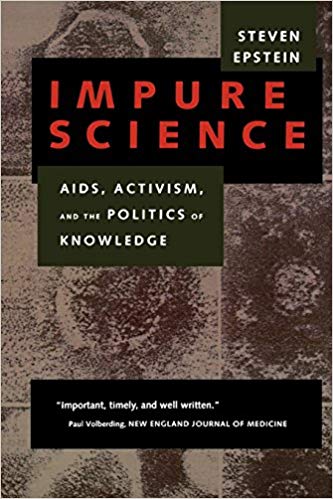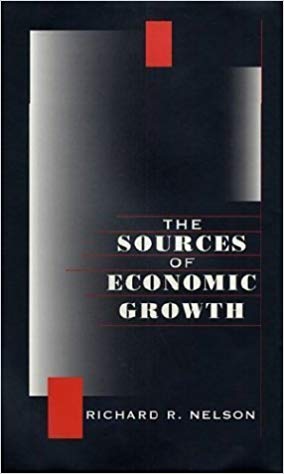The U.S. Fusion Program at the Crossroads
Every issue explores cutting-edge developments in technology, medicine, education, climate change, and much more. Articles provide in-depth analyses of science and technology’s impact on public policy, the economy, and society—bringing today’s best minds to bear on tomorrow’s most critical topics.
Editor's Journal
Editor’s Journal: Straight Talk
Which of the following does not belong? a) firebrands b) visionaries c) opinion leaders d) S&T policy wonks Unfortunately, the answer is obvious. Let’s face it: Most of what’s written in S&T… Read More
From the Hill
From the Hill – Summer 1997
Balanced budget agreement bodes ill for science Despite proposals by prominent members of Congress to significantly increase R&D spending over the coming years, the recent balanced budget agreement between Congress and the… Read More
Features
An Investment Budget
Budget proposals in the House of Representatives for FY 1996 served as the shadow of the hangman’s noose in capturing the attention of the science community. The House budget proposal that year… Read MoreEngaging an Independent Japan
Japan is at an historic watershed. The economic superpower is poised to fundamentally alter its science and technology (S&T) policy. Few Americans realize it, but the most forward-looking Japanese policymakers are engineering… Read MoreFusion Research with a Future
Major shifts are taking place in the U.S. fusion research program, driven primarily by reductions in federal funding. In the past, the program was dedicated almost completely to developing practical fusion power.… Read MoreMissing the Boat on Pregnancy Prevention
In the past year, new national efforts have been launched that are aimed at reducing the large numbers of unintended pregnancies among U.S. teenagers. Yet even if these efforts are dramatically successful,… Read MoreTime to Get Serious About Workplace Change
In the early 1990s, Lockheed Martin’s Government Electronic Systems plant in Moorestown, New Jersey, was suffering from the decline in defense markets. Layoffs were widespread. By 1992, it looked as if the… Read MoreRoundtable: Infant Care and Child Development
The Cecil and Ida Green Center for the Study of Science and Society at the University of Texas at Dallas sponsored a symposium on infant care and child development in March 1997.… Read MoreSocial Change and Science Policy
One can almost hear the collective sigh of relief coming from the federally funded science community. Only a year ago, analysts were forecasting 20 to 30 percent cuts in funding for nondefense… Read MoreBiological Invasions: A Growing Threat
To the untrained eye, Everglades National Park and nearby protected areas in Florida appear wild and natural. Yet within such public lands, foreign plant and animal species are rapidly degrading these unique… Read MoreThe ITER Decision and U.S. Fusion R&D
The United States must soon decide whether to participate in the construction of the International Thermonuclear Experimental Reactor (ITER). ITER is the product of a years-long collaboration among several countries that is… Read MoreSummer 1997 Update
In “The Perils of Government Secrecy” (Issues, Summer 1992), I argued that the growth of the national security classification system had exceeded all reasonable boundaries and proposed some legislative and… Read More
Book Reviews

AIDS and Objectivity
In the short span of years since the first cases were reported in 1981, AIDS has reconfigured the U.S. landscape. Change is evident in the power of new social movements; in the… Read More
Technology and Growth
Although many economists agree that technology, broadly defined to include organizational ability and culture, is a major contributor to economic growth and that investments in physical and human capital and R&D are… Read More
University Rankings Revisited
To the list of life’s very few certainties, Americans at least may confidently add a new category: ratings. We are an extremely competitive people, a fact reflected in our political and economic… Read More
